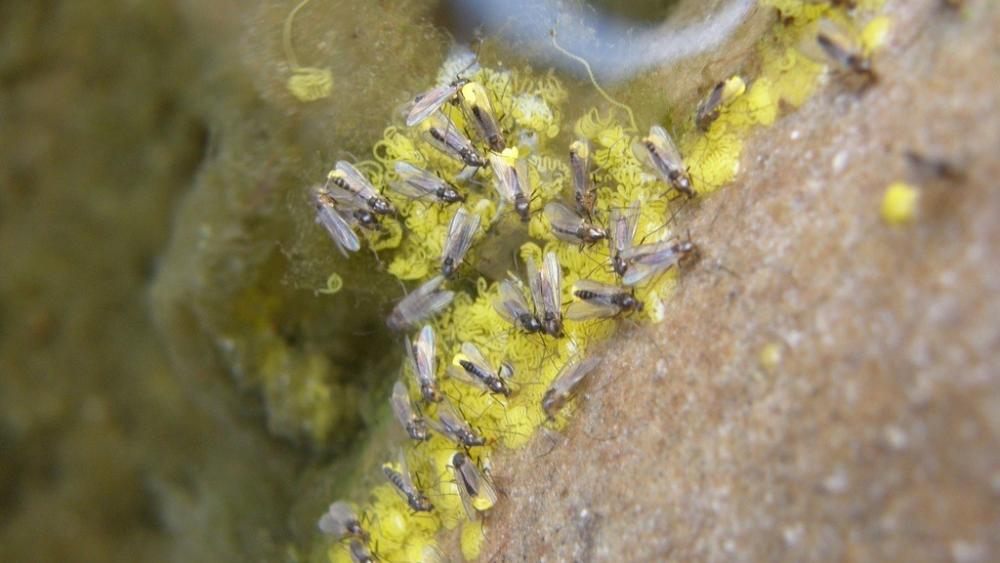
Non-biting midges are important indicators for freshwater monitoring | Photo: Valentyna Inshyna
The taxon Chironomidae contains more than 7000 species of small flies (Diptera). Due to the aquatic life stage of the larvae, the diverse group of insects is frequently used around the world to monitor water quality. Despite their importance, they are notoriously difficult to identify, which is hampering water quality monitoring efforts."Identifying these little creatures is also crucial for understanding and possibly stopping the ongoing decline of insects," said Gregor Kalinkat, who worked on the study. An ecologist at the IGB, Kalinkat studies the effects of light pollution on insect diversity.
Combining conventional and molecular taxonomic approaches leads to more accurate results
The study was carried out at the IGB field sites along a 5 meters wide ditch adjacent to a grassland in the North-Eastern Germany, in which the team detected over 80 species of non-biting midges. During the study, they found out that identifying less than 10% of a sample’s contents could reliably detect 90% of the species within the sample. However, they also found that 9% of specimens were misidentified by the trained entomologist in this case. These misidentifications would have been missed if they would have not applied the second identification method, the DNA barcoding, a technique to compare a DNA sequence of a specimen with a reference sequence to determine whether or not it is a specific species. On the other hand, experts were able to provide information in cases where molecular methods could not, which was the case for 14% of vouchers.
From this analysis, the team has developed a completely new framework combining traditional and molecular approach for processing very large insect’s samples, that area a typical, yet often underused product of ecological monitoring programs. "With this study, we have conclusively shown that the current debate about the role of trained taxonomists versus automated insect identification misses the point, as technologies complement human skills but can hardly replace human experts. It is the combination of both approaches that allows the efficient processing of the ever-increasing amounts of samples from insect monitoring projects," explained Viktor Baranov, researcher at the Doñana Biological Station and lead author of the study.






